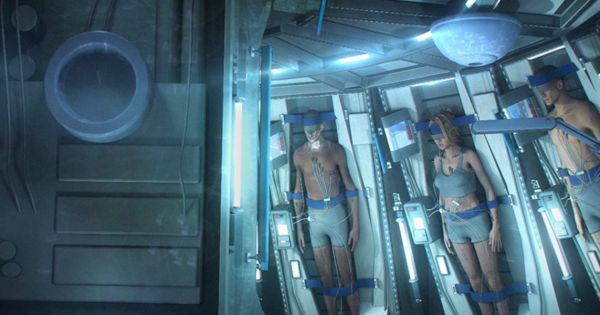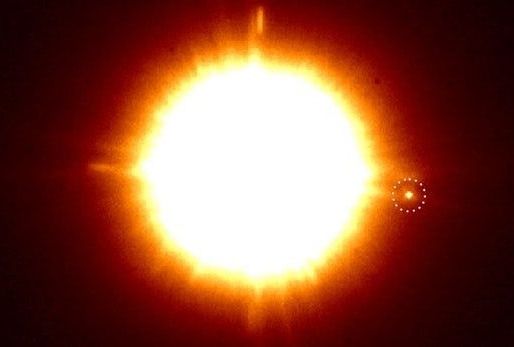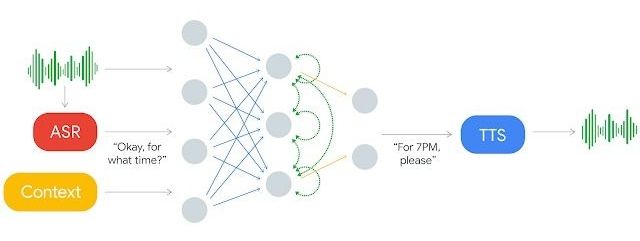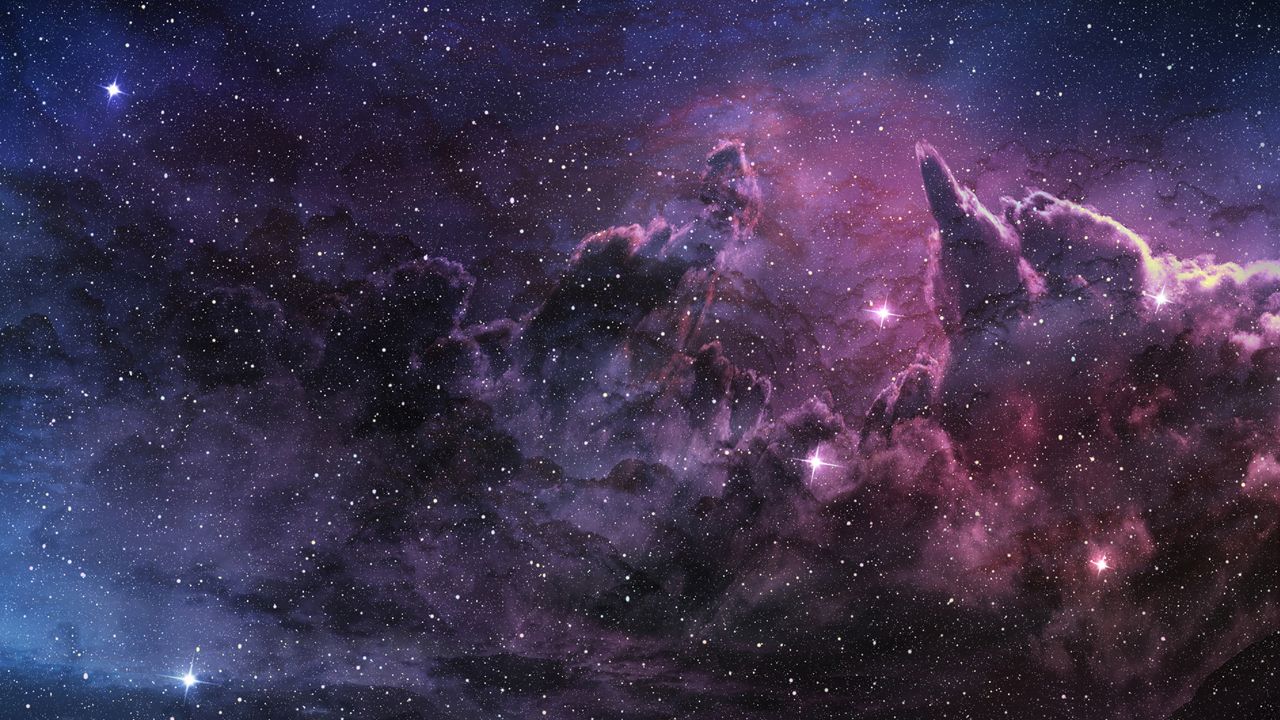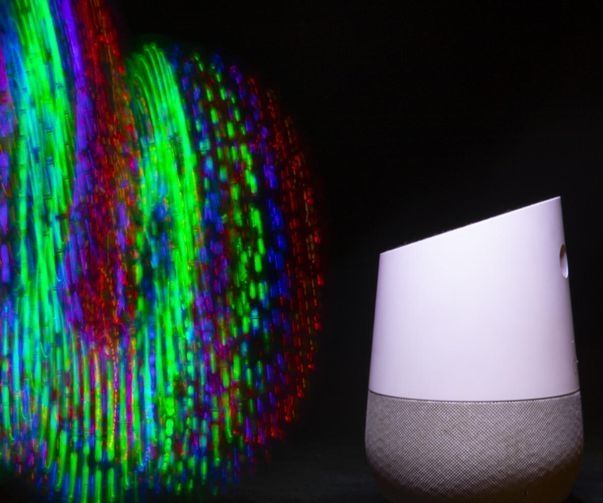May 8, 2018
A Real Life “Hibernation Chamber” is Being Made For Deep Space Travel
Posted by Shailesh Prasad in category: space travel
Manned, long-term, deep space missions are an exciting prospect, but one that remains in the realm of distant possibilities–particularly because we don’t have all the technological innovations needed to make it happen.
One major consideration is the time it takes to reach the destination. Mars, which is at the top of various space programs’ go-to destinations for manned missions, is about six months if travel time away from Earth. If we wanted to explore even further, keep in mind that New Horizons, the fastest spacecraft to leave Earth, took nine and a half years to reach Pluto.
Science fiction conveniently sidesteps this challenge by putting the space explorers into deep sleep–a state of suspended animation. But slowing the human metabolism down while ensuring that a person will stay alive for extended periods is a lot easier said than done.
Continue reading “A Real Life ‘Hibernation Chamber’ is Being Made For Deep Space Travel” »
